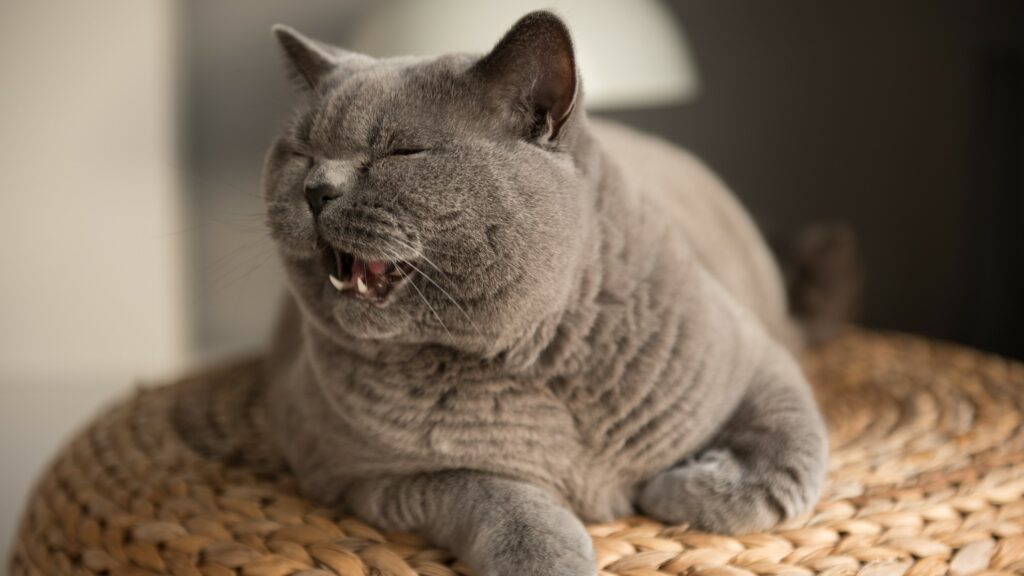The companionship between humans and cats has existed for countless centuries. From ancient Egyptians and royal families until now, cats have always been treated as adored household pets, but how did they even become domesticated family pets?
Cats domesticated themselves by catching rodents and pests for the farming communities in the earliest civilizations that practiced agriculture, developing a mutually beneficial companionship with humans.
The Origins of Cat Domestication
Cats are one of the most common household pets across the world. They’re loved by many, and they’re reliable and affectionate companions. Cats can catch unwanted pests, and they’re also very loyal to their owners. As the companionship between cats and humans appears very beneficial to both parties, one might ask: how did the domestication of cats occur?
Only minute alterations strayed cats away from their original wildcat genes during the countless years of cat domestication. One of the most evident cat changes in their genes was the recent production of the stripes-and-dots-filled pattern of tabby cats. (Source: National Geographic)
They’re very, very similar. Domestic cats have only been around for half the time that dogs have, so you can see almost the same behavior among lions, tigers, and leopards that you do among domestic cats. That is, perhaps, one of the biggest draws of these animals—we can live harmoniously with them and still get to watch Mutual of Omaha every day.
Veterinarian and Author Gary Weitzman
In a journal article published in 2017 entitled The paleogenetics of cat dispersal in the ancient world, researchers found that the domestic feline we’re currently familiar with roots from two significant cat lineages. For the methodology, the experts analyzed the DNA of more than 350 ancient cats from the last 9,000 years, identifying the Felis lybica to be the cause of the spreading of domesticated cats. (Source: Nature Ecology & Evolution)
Most commonly seen in the early times at 4,400 BCE in the Near East and 1,500 BCE in North Africa, where the earliest agricultural practices occurred, the Felis lybica developed a mutually beneficial relationship with the early humans by catching rodents and protecting crops. The cat’s ability to capture pests made them familiar animals welcomed in the farming communities, and as the years passed, they domesticated themselves.
This is probably how the first encounter between humans and cats occurred. It’s not that humans took some cats and put them inside cages. I think studying more about this species is going to open up even more about the domestication process.
Research Co-Author Claudio Ottoni
(Source: National Geographic)
A Brief History on Human-and-Cat Companionship
Subsequent to the fall of ancient Egyptian civilizations, the popularity of cats slowly soared. Initially, only the affluent owned cats, but as domesticated cats spread in various regions of the world, the practice of breeding cats followed suit, producing Siamese and Burmese cats.
In the 15th and 16th centuries, cats became familiar pets to those who dwelled in cargo ships as cats took the job of eliminating pests and mitigating disease. With that said, many assume that when Christopher Columbus arrived in America, the cats aboard the vessel parted ways and persevered on their own, creating the American Shorthair breed.
Currently, cats continue to captivate the hearts of many individuals as they’re one of the most common household pets in the world. With the long history of human and cat companionship, we must ensure that all cats continue to be as loved and cared for as they were. (Source: Cat’s Pride)
